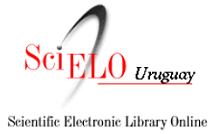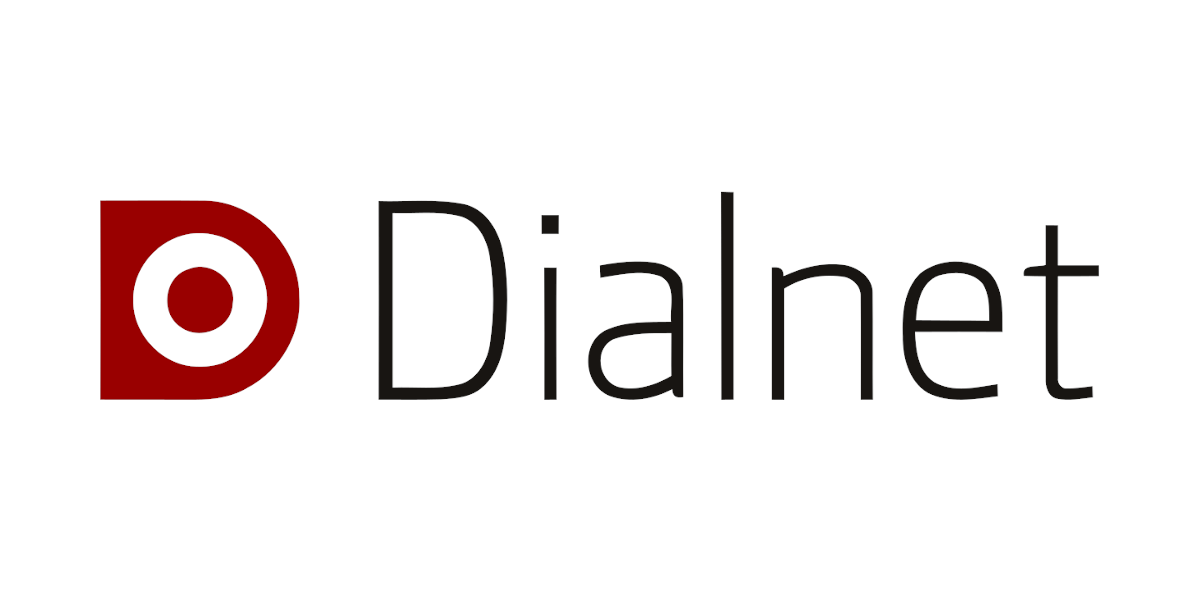Eficacia y selectividad de 13 atrapantes de micotoxinas del mercado latinoamericano
Palabras clave:
Micotoxinas, Adsorción, NutrientesResumen
Mycotoxins are secondary fungal metabolites occurring on common agricultural crops. Mycotoxins pose a significant threat to animal health and production profitability, necessitating effective mitigation strategies. Mycotoxin binders are employed to reduce the gastrointestinal absorption of these toxins, thereby minimizing their deleterious effects. These binders, which can be inorganic, such as clays (clinoptilolite, zeolite, bentonite, etc.) and activated carbon, or organic, like yeast cell wall components. The goal of this trial was to examine in vitro the ability of 13 commercial mycotoxin binders, and to detect potential risks of nutrient interaction, including unintended binding of B vitamins and amino acids. Mycotoxin binding efficacy was analysed using 2 ppm of each mycotoxin (aflatoxin B1, fumonisins B1, ochratoxin A, T-2 toxin, and zearalenone) and 10 mg/mL of binder. Adsorption was measured by binding at pH 3.0 (0.1 M citrate buffer); 60 min at 37 °C, and desorption at pH 6.5 (0.1M phosphate buffer); 30 min at 37 °C. Dosage of 50 mg/kg was used for vitamin B1, B3, and B6 binding test, and separately amino acids L-Lysine, L-Threonine, DL-Methionine (all at 2.000 mg/kg), and L-Tryptophan (1,000 mg/kg) were incubated with binders. Quantification of mycotoxins was performed by Agilent 6460c LC-MS/MS device, of water-soluble vitamins by Agilent 1290 Infinity II with DAD detector, and of amino acids by Agilent UHPLC-DAD. Results indicated that most mycotoxin binders could reliably bind aflatoxin B1 (>96 % efficacy for all products). However, large differences were noted between binding efficacies for less polar mycotoxins, such as fumonisins B1 (avg. 57.7 %; range 17.9-88.3 %), zearalenone (avg. 52.2 %; range 20.6-94.2 %), and ochratoxin A (avg. 50 %; range 20.2-92.5 %), with smallest average binding efficacy of only 24. 7 % for T-2 toxin (range 1.9-73.4 %). Regarding vitamins, highest binding was seen for vitamin B1 (avg. 55.3 %; range 4.9-97.1 %), with vitamin B6 (avg. 11.9 %; range 0.9-34.3 %), and vitamin B3 (avg. 6 %; range 3.3-14.7 %) following. Amino acids were also bound, most affected being L-Lysine (avg. 5.4 %; range 0.5-10.8 %), followed by L-Tryptophan (avg. 4.9 %; range 0.6-7.5), DL-Methionine (avg. 1.7 %; range 0.7-3.5 %), and L-Threonine (avg. 1.6 %; 0.2-3.5 %). Results of the current analysis raise concern of low efficacy as well as high binding of essential nutrients by some of them, and underscore importance of choosing high quality mycotoxin binders.
Descargas
Publicado
Cómo citar
Número
Sección
Licencia
Derechos de autor 2025 Sociedad de Medicina Veterinaria del Uruguay-Facultad de Veterinaria, Universidad de la República

Esta obra está bajo una licencia internacional Creative Commons Atribución 4.0.











